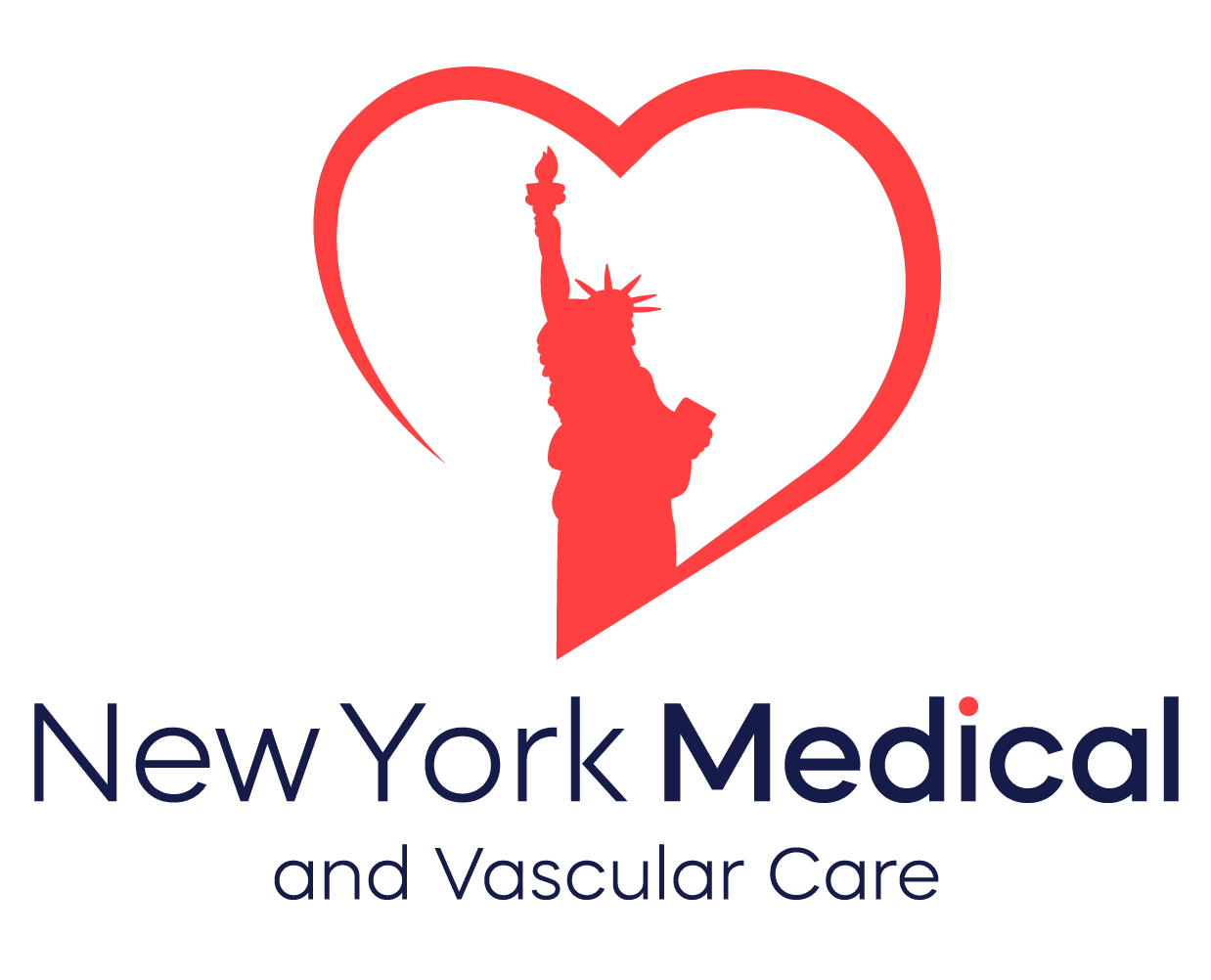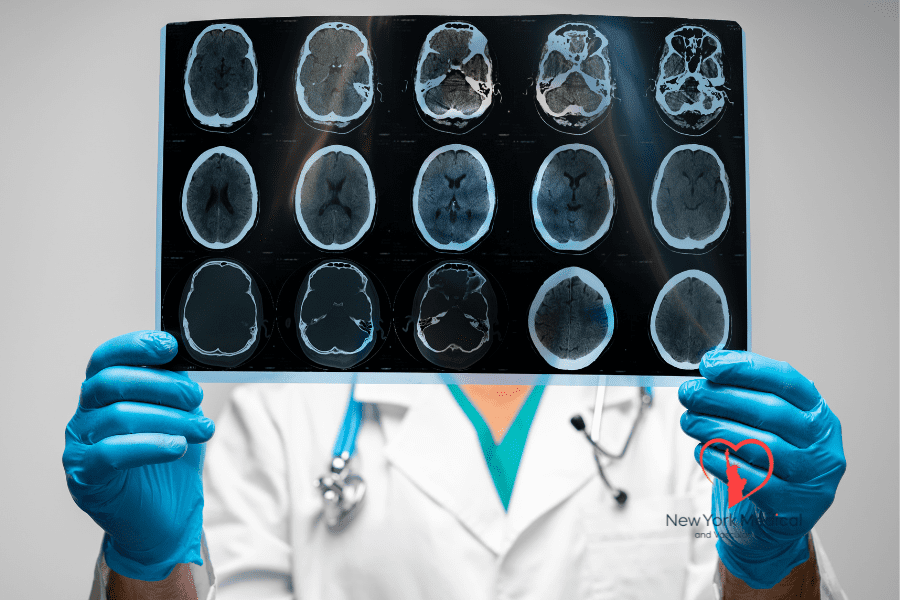Stroke is the No. 5 cause of death in the United States—but in younger women it’s often missed because the symptoms can look nothing like the textbook “FAST” checklist (Face drooping, Arm weakness, Speech difficulty, Time to call 911). In Brooklyn and across New York City, NYMVCare’s neurology and vascular teams see a rising number of women in their 30s and 40s arriving late to the ER because their subtler warning signs were dismissed. Early recognition saves brain tissue and lives, so let’s unpack the non-classic stroke symptoms every NYC woman—and the men who love them—should know.
Why Women Present Differently
Hormonal fluctuations, pregnancy-related clot risk, and unique microvascular patterns can all influence how strokes manifest in women. Estrogen shifts, especially during pregnancy or perimenopause, raise the odds of arterial dissections and clotting disorders that trigger strokes. Migraine with aura—more common in women—also multiplies risk. Because their brains may recruit alternate blood pathways or microvessels, warning signs spread to other body systems before facial droop appears.
Six Commonly Missed Symptoms in Women Under 50
- Sudden jaw, neck, or shoulder pain – mistaken for TMJ or stress.
- Severe headache described as “the worst ever” – but without classic neuro deficits.
- Unexplained fatigue or confusion – dismissed as anxiety or workload.
- Shortness of breath or chest pressure – leads patients to cardiology, delaying imaging.
- Hiccups plus dizziness – brain-stem strokes can irritate the phrenic nerve.
- Vision loss in one eye – transient monocular blindness (amaurosis fugax) from carotid plaque.
Local Data: Brooklyn’s Stroke Picture
- Average EMS-to-needle time in NYC is 60 minutes, yet every 15-minute delay shrinks the chance of full recovery.
- Kings County has a higher prevalence of hypertension and type 2 diabetes—two stroke accelerators—than Manhattan.
- Among NYMVCare’s Bay Ridge clinic visits last year, nearly one-third of female patients under 55 had at least one undiagnosed vascular risk factor.
What to Do in the First Hour
- Call 911, request transport to a Primary Stroke Center. NYMVCare partners with Mount Sinai Brooklyn and NYU Langone to ensure fast tPA eligibility screening.
- Note the time symptoms began—paramedics and neurologists decide on clot-busting therapy based on this window.
- Bring medication lists or photos of pill bottles. Blood thinners, birth-control pills, or hormone therapy affect treatment options.
- Insist on brain imaging (CT or MRI). Younger women are more likely to be triaged with “migraine” or “anxiety” labels; advocacy matters.
Prevention Tailored for Younger Women
- Know your numbers: Aim for BP < 120/80 mmHg, fasting glucose < 100 mg/dL, LDL-C < 100 mg/dL.
- Manage migraines: Work with NYMVCare neurology to limit aura frequency using proven preventive meds.
- Pregnancy planning: Women with clotting disorders may need low-dose aspirin or heparin under OB supervision.
- Hormone therapy review: Discuss risks of combined estrogen-progestin contraceptives if you have additional stroke factors.
- Lifestyle upgrades: 150 minutes of moderate exercise weekly, Mediterranean diet rich in leafy greens and olive oil, and smoke-free living cut stroke risk by up to 80 percent.
Community Resources
- Free BP screenings at NYMVCare Sheepshead Bay every second Saturday.
- Boro-Park Stroke Survivor Network meets monthly at our Avenue P location.
- American Heart Association NYC offers virtual “Go Red for Women” seminars—worth attending if you’re under 50 with family history.
When to Book with NYMVCare
If you’ve suffered transient symptoms—slurred speech that resolved, a sudden one-eye blackout, or unexplained dizziness—schedule a carotid ultrasound or brain MRI at NYMVCare immediately. Early detection of microvascular disease or plaque lets our interventional cardiologists and vascular surgeons start protective therapy before a catastrophic stroke occurs.
Key Takeaways
Women under 50 in Brooklyn, Queens, and Staten Island must look beyond FAST. Jaw pain, extreme fatigue, or a blinding headache can be the first alarm bells. Learn the broader list, act without delay, and partner with NYMVCare’s multi-specialty team for preventive assessments. Remember: Time lost is brain lost—especially when the signs hide in plain sight.


